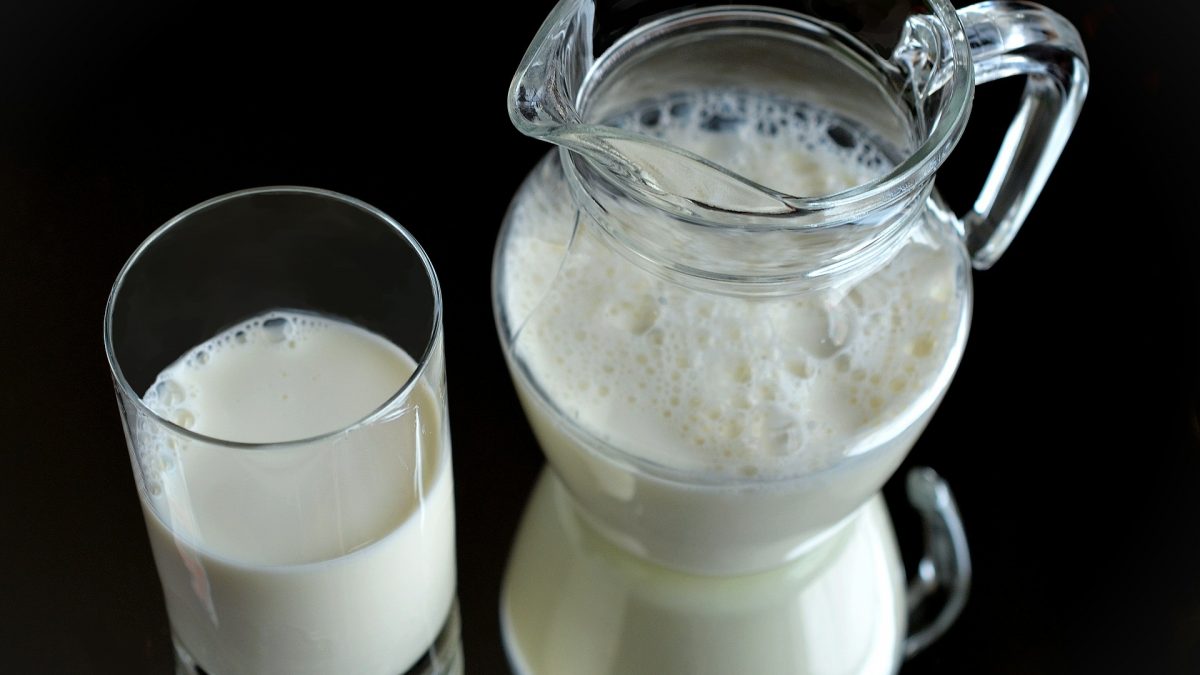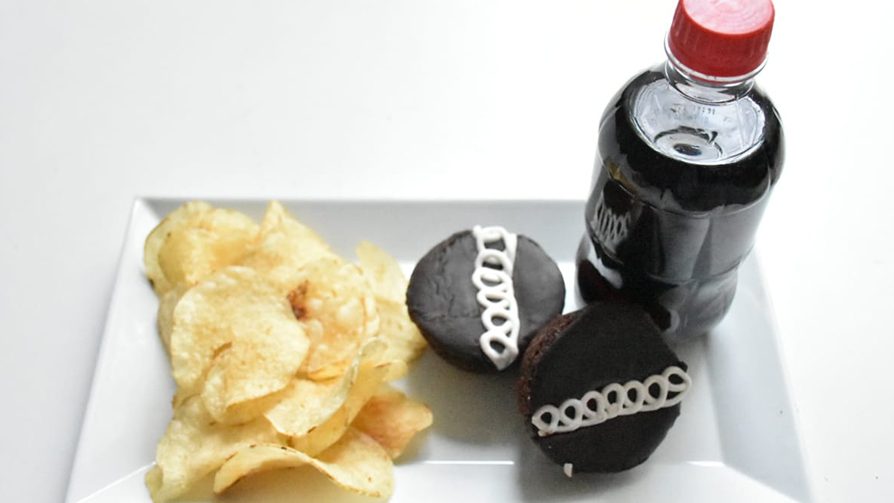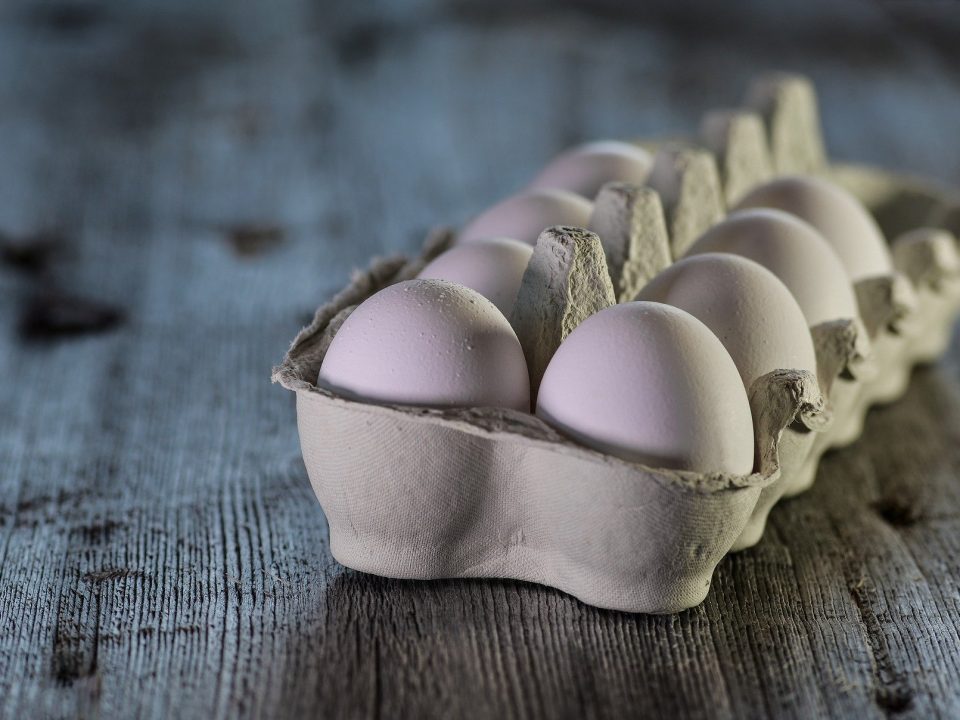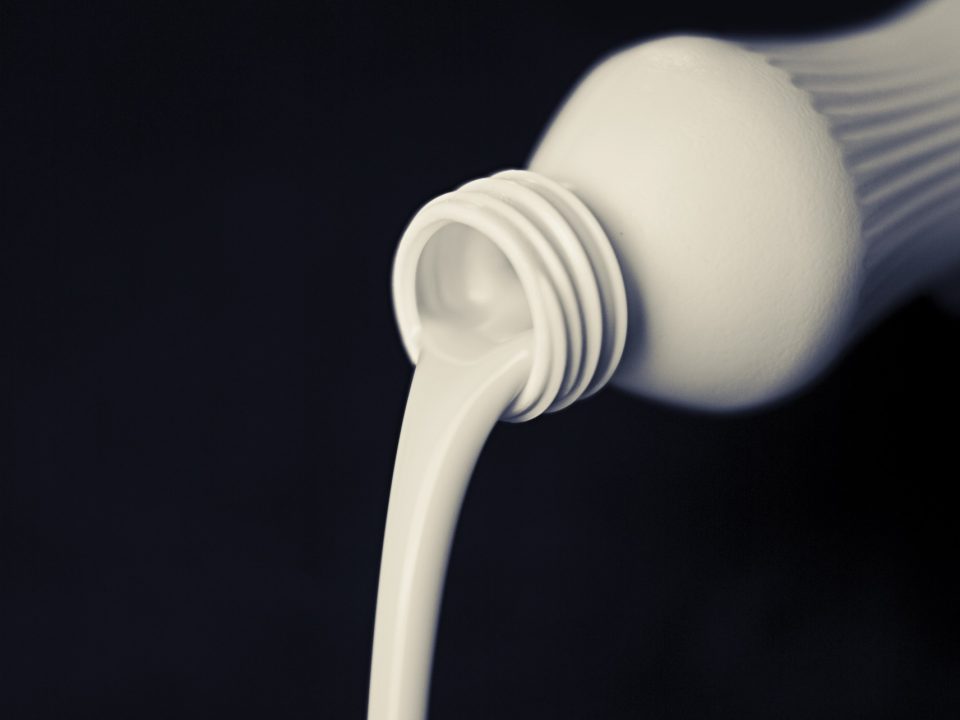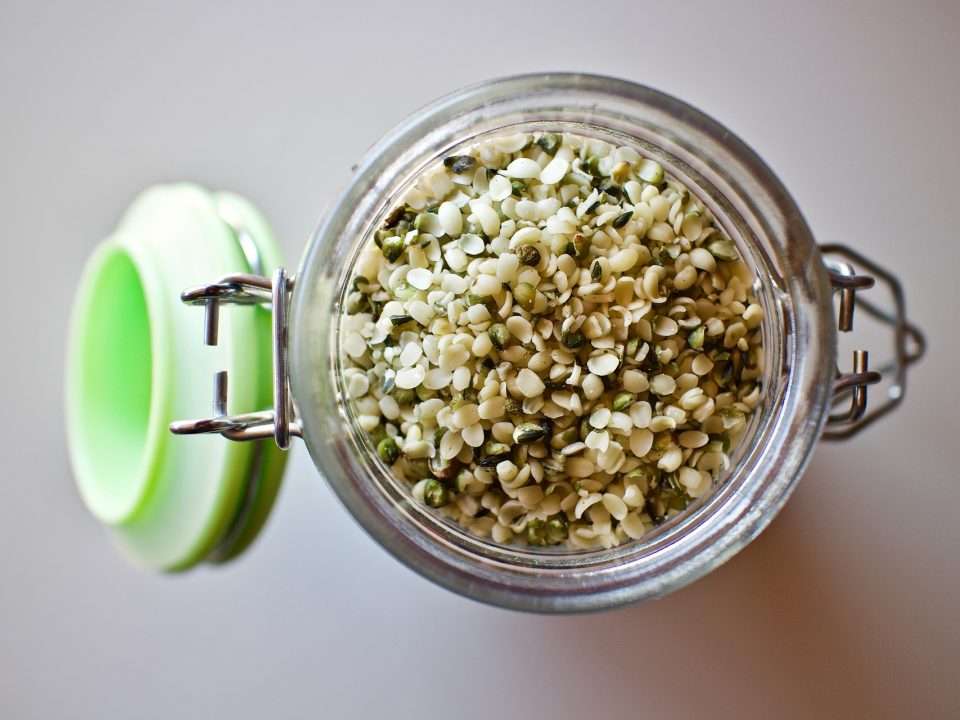¿Es una alimentación libre de lácteos un riesgo para la salud de los huesos?

¿Cómo reaccionó la industria de la carne ante las nuevas advertencias de cáncer?
marzo 11, 2019
Consumir tocino es un riesgo para la salud
marzo 19, 2019La industria de los lácteos ha propagado el mito que consumir leche, queso y yogur es esencial para una ingesta óptima de calcio, a pesar que la intolerancia a la lactosa (imposibilidad de degradar el azúcar en la leche) afecta al 50-95% de las poblaciones no caucásicas.
Una dieta y estilo de vida saludables son pilar en la prevención de osteoporosis, padecimiento que debilita los huesos provocando su fácil fractura. Nutrientes importantes para la salud de los huesos incluyen calcio, potasio, magnesio, vitaminas K y D, los cuales pueden adquirirse a través de una dieta basada en plantas. El consumo de lácteos no ha demostrado mejorar la salud ósea o prevenir la osteoporosis y fracturas óseas. De hecho, algunos estudios han encontrado que el consumo de leche está asociado con una tasa mayor de fractura y el consumo de leche en adolescentes no demuestra que prevenga fracturas más tarde.
Efectos perjudiciales para la salud
El consumo de lácteos ha sido correlacionado consistentemente con efectos perjudiciales para la salud. Los lácteos, incluyendo la leche y el queso, son una de las fuentes principales de grasa saturada en la dieta típica occidental. Dietas altas en grasa saturada incrementan el riesgo de enfermedades cardíacas, infarto y demencia. El consumo de productos lácteos ha sido asociado con un mayor riesgo de padecer cáncer de próstata, cáncer de pulmón, mama y ovario.
Factores de riesgo en el consumo de lácteos
- La caseína es la principal proteína de la leche y se ha demostrado en el laboratorio que promueve el desarrollo de cáncer.
- El consumo de lácteos incrementa los niveles de estrógeno en la sangre, lo cual promueve el desarrollo de cáncer de mama y ovario.
- Los lácteos junto con otras fuentes de proteína animal, incrementan los niveles sanguíneos de la hormona IGF-1, la cual es un factor de riesgo para el desarrollo de cáncer.
Las personas que siguen una alimentación basada en plantas tienen niveles inferiores de IGF-1 cuando son comparados con personas que siguen una dieta omnívora y en general una tasa más baja de cáncer. El consumo de leche ha sido también implicado en el desarrollo de acné en adolescentes.
Ingesta de calcio
La ingesta óptima diaria de calcio es también materia de debate, 500mg por día es una dosis adecuada para la salud ósea, pero 700 mg por día es la recomendación para los adultos en el Reino Unido. Una dieta saludable basada en plantas puede proveer las cantidades adecuadas de calcio. Para mantener los huesos saludables, también se debe asegurar el consumo óptimo de vitamina D a través de suplementos y/o exposición al sol, y la ingesta de vitamina K en vegetales de hoja verde. Además se recomienda reducir o eliminar el consumo de proteína animal, ya que se asocia una peor salud ósea y mayor índice de fracturas. Otros factores importantes para mantener la salud de los huesos, incluyen actividad física regular y con cierta carga de peso, evitar fumar tabaco y minimizar el consumo de alcohol.
En conclusión, la evidencia científica no respalda la necesidad de lácteos en la alimentación, razón por la cual, los actuales lineamientos alimenticios de Canadá no incluyen lácteos en su platillo saludable.
Referencias Bibliográficas
- Allen, N. E., Appleby, P. N., Davey, G. K., & Key, T. J. (2002). Hormones and diet: low insulin-like growth factor-I but normal bioavailable androgens in vegan men. British Journal of Cancer. https://doi.org/10.1054/bjoc.2000.1152
- Aune, D., Navarro Rosenblatt, D. A., Chan, D. S. M., Vieira, A. R., Vieira, R., Greenwood, D. C., … Norat, T. (2015). Dairy products, calcium, and prostate cancer risk: A systematic review and meta-analysis of cohort studies. American Journal of Clinical Nutrition. https://doi.org/10.3945/ajcn.113.067157
- Bayless, T. M., Brown, E., & Paige, D. M. (2017). Lactase Non-persistence and Lactose Intolerance. Current Gastroenterology Reports. https://doi.org/10.1007/s11894-017-0558-9
- Bischoff-Ferrari, H. A., Dawson-Hughes, B., Baron, J. A., Kanis, J. A., Orav, E. J., Staehelin, H. B., … Willett, W. C. (2011). Milk intake and risk of hip fracture in men and women: A meta-analysis of prospective cohort studies. Journal of Bone and Mineral Research. https://doi.org/10.1002/jbmr.279
- Bolland, M. J., Leung, W., Tai, V., Bastin, S., Gamble, G. D., Grey, A., & Reid, I. R. (2015). Calcium intake and risk of fracture: Systematic review. BMJ (Online). https://doi.org/10.1136/bmj.h4580
- Dinu, M., Abbate, R., Gensini, G. F., Casini, A., & Sofi, F. (2017). Vegetarian, vegan diets and multiple health outcomes: A systematic review with meta-analysis of observational studies. Critical Reviews in Food Science and Nutrition. https://doi.org/10.1080/10408398.2016.1138447
- Feskanich, D., Bischoff-Ferrari, H. A., Frazier, A. L., & Willett, W. C. (2014). Milk consumption during teenage years and risk of hip fractures in older adults. JAMA Pediatrics. https://doi.org/10.1001/jamapediatrics.2013.3821
- Feskanich, D., Willett, W. C., Stampfer, M. J., & Colditz, G. A. (1996). Protein consumption and bone fractures in women. American Journal of Epidemiology. https://doi.org/10.1093/oxfordjournals.aje.a008767
- Health Canada. (2019). Canada’s Dietary Guidelines. Retrieved from https://food-guide.canada.ca/static/assets/pdf/CDG-EN-2018.pdf
- Ji, J., Sundquist, J., & Sundquist, K. (2015). Lactose intolerance and risk of lung, breast and ovarian cancers: Aetiological clues from a population-based study in Sweden. British Journal of Cancer. https://doi.org/10.1038/bjc.2014.544
- Juhl, C. R., Bergholdt, H. K. M., Miller, I. M., Jemec, G. B. E., Kanters, J. K., & Ellervik, C. (2018). Dairy intake and acne vulgaris: A systematic review and meta-analysis of 78,529 children, adolescents, and young adults. Nutrients. https://doi.org/10.3390/nu10081049
- Ludwig, D. S., Willett, W. C., Volek, J. S., & Neuhouser, M. L. (2018). Dietary fat: From foe to friend? Science. https://doi.org/10.1126/science.aau2096
- Ma, J., Giovannucci, E., Pollak, M., Chan, J. M., Gaziano, J. M., Willett, W., & Stampfer, M. J. (2001). Milk intake, circulating levels of insulin-like growth factor-I, and risk of colorectal cancer in men. Journal of the National Cancer Institute. https://doi.org/10.1093/jnci/93.17.1330
- Michaëlsson, K., Wolk, A., Langenskiöld, S., Basu, S., Lemming, E. W., Melhus, H., & Byberg, L. (2014). Milk intake and risk of mortality and fractures in women and men: Cohort studies. BMJ (Online). https://doi.org/10.1136/bmj.g6015
- Michels, K., Binder, N., Courant, F., Franke, A., & Osterhues, A. (2019). Urinary excretion of sex steroid hormone metabilutes are consumption of cow milk: a randomized corssover intervention trial. The American Journal of Clinical Nutrition, 109(2), 402–410.
- Qin, L. Q., He, K., & Xu, J. Y. (2009). Milk consumption and circulating insulin-like growth factor-I level: A systematic literature review. International Journal of Food Sciences and Nutrition. https://doi.org/10.1080/09637480903150114
- Sellmeyer, D. E., Stone, K. L., Sebastian, A., & Cummings, S. R. (2001). A high ratio of dietary animal to vegetable protein increases the rate of bone loss and the risk of fracture in postmenopausal women. American Journal of Clinical Nutrition.
- Willett, W., Rockström, J., Loken, B., Springmann, M., Lang, T., Vermeulen, S., … Murray, C. (2019). Food in the Anthropocene: the EAT–Lancet Commission on healthy diets from sustainable food systems. Lancet, 6736, 3–49. https://doi.org/10.1016/S0140-6736(18)31788-4
- Youngman, L. D., & Campbell, T. C. (1991). High protein intake promotes the growth of hepatic preneoplastic foci in Fischer #344 rats: Evidence that early remodeled foci retain the potential for future growth. Journal of Nutrition. https://doi.org/10.1093/jn/121.9.1454
- Zhu, K., & Prince, R. (2015). Lifestyle and osteoporosis. Current Osteoporosis Reports, 13(1), 52–59.
Fuente Original
Kassam, S. (2019) Are Dairy-Free Diets A Risk To Bone Health? Recuperado el día 12 de marzo de 2019 de la página: https://www.plantbasednews.org/post/are-dairy-free-diets-risk-bone-health

